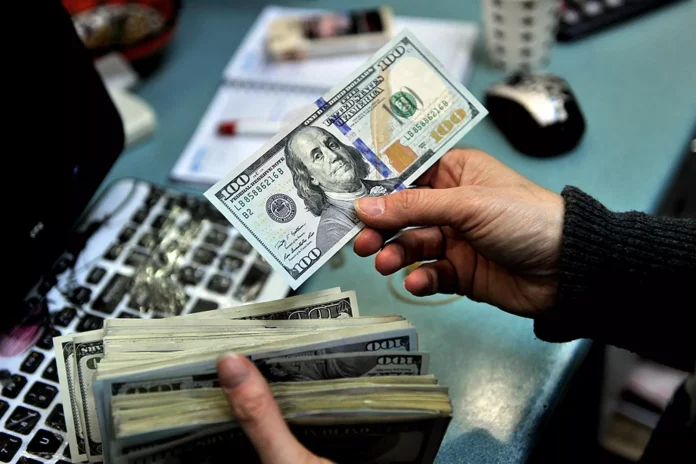As forex traders watched the release of economic data in the US and other countries, the US dollar remained stable against the major foreign currencies and trading pairs on Tuesday. The British pound was performing well earlier in the day, but as the market anticipated policy easing, the Euro came under pressure and lost weight.
The USD/JPY pair is holding steady close to a sharp 34-year high of about ¥152.00 and is not exhibiting any indications of deterioration. Since the exchange rate broke the multi-year record, those who have been debilitated by the yen have been waiting for potential government intervention from Japan. However, Japan has only shown itself to be a barking dog thus far.
The markets are keeping an eye on the most recent information about the US economy. personal employment information is on deck for release later today and the big job report—nonfarm payrolls—is slated for Friday.
The expected reading is 189,000 new hires added in March. Anything above that would indicate the economy is still running hot. And anything below would suggest that the Federal Reserve is on the right track to lowering borrowing costs.
The Euro faced pressure below $1.08 as investors anticipated additional policy easing from the European Central Bank, contrasting with the Federal Reserve’s approach. In March, Euro Area inflation dropped to 2.4% year-on-year, below the expected 2.6%.
The core rate, excluding volatile food and energy prices, decreased to 2.9%, the lowest since February 2022 and below the forecasted 3.0%. German inflation hit 2.2%, the lowest since mid-2021, and French inflation reached a two-year low.
On the other hand, Italian and Spanish rates saw slight increases. In the US, the strong economy and tight job market tempered expectations of rate cuts for the year.
The USDEUR was little changed, wavering around 1.0771 in early European trading Wednesday ahead of key EU-wide inflation data. The March reading of Eurozone Consumer Price Index (CPI) is due from Eurostat today.
The forecast is for a 2.5% year-over-year increase against the previous 2.6%, Investing.com data compiled by Bloomberg showed.
Danske Bank expects euro area inflation for March to come in at 2.4%, just below the consensus, due to “recent downside surprises in the four biggest economies,” according to a note Wednesday morning.
“The likely decline in inflation is good news for the ECB but the sticky underlying service inflation and uncertainty regarding high wage growth means we only foresee the first rate cut in June.”
A reading that is stronger than forecast is generally supportive, or bullish, for the euro, while a weaker than forecast reading is generally negative, or bearish, for the euro. Cadbury Nigeria Loses N19.09bn in 2023
Chinese Yuan
The offshore yuan dropped below the 7.26 per USD mark and was trading at the 4.275 level, which was reached on March 22nd, a four-and-a-half-month low, as the PBoC’s attempts to support the local currency were undermined by negative internal sentiment.
A strong dollar compounded long-standing worries about the state of the Chinese economy and stoked doubts about any quick gains, as the US economy continued to expand and the Fed was less inclined to lower interest rates.
The aggressive dollar sales by Chinese state banks were balanced by the strong selling pressure applied to the yuan in onshore markets, resulting in yuan prices falling just a few points short of the PBoC’s daily fix.
This continued to mount pressure on the currency and challenged the central bank’s persistent efforts to set stronger-than-expected fixes, underscoring investors’ bets that the PBoC may be forced to weaken its grip on the yuan to support growth following limited responses to other stimulus measures and rate cuts.














